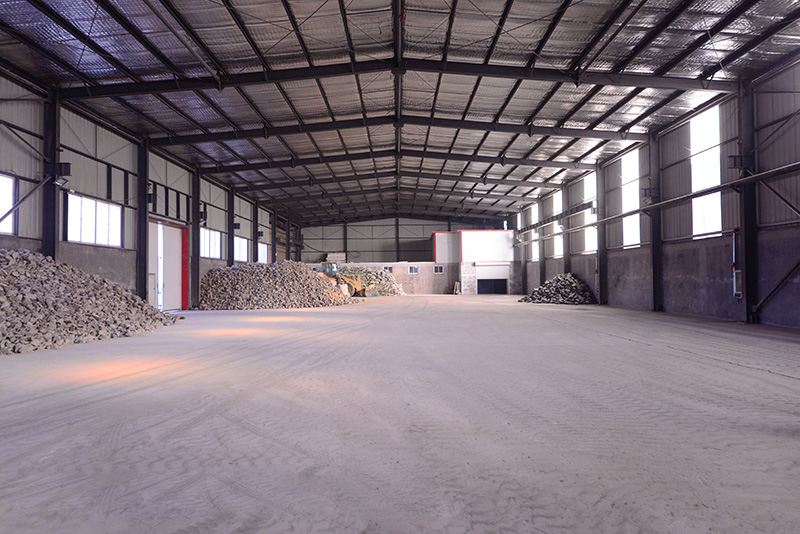Change of shrinkage rate of magnesia brick during sintering
Posted time:2021-12-21 Page view:26985How does the shrinkage of magnesia brick change during the sintering process? Magnesia brick manufacturers fired magnesia brick at temperatures from 1600°C to 1700°C and examined the changes in its properties, especially the volume shrinkage caused by sintering and the growth of perispar grains. The effects of temperature and sintering time on sintering shrinkage were studied.

Volume changes in refractories during reheating are usually checked by repeated shrinkage measurements. In this study, the reheat change of magnesia brick is considered to be a rate process including sintering reaction. The reheat properties of two kinds of seawater magnesia fired bricks were measured from 1600°C to 1700°C, and the correlation between the reheat changes, temperature and reheat time was analyzed. It is found that repeated shrinkage (S) will be approximated by the following equations, including reheat temperature (T), time (t) and activation energy of sintering shrinkage (E s);
Trumpet = K trumpet √ tons EXP (-e trumpet/RT)
The correlation can be applied during service to estimate brick shrinkage in the lining, and is also adjusted for brick firing conditions.
Reheating promotes the grain growth of magnesite at a temperature of approximately proportional reheating of the grain growth of magnesite brick, the silicates in it will delay the grain growth of magnesite.
The currently popular standardized methods for measuring reheat changes are not always applicable to these grades of brick. The authors present an example of a better test condition for reheat change: reheating at 1700°C for 10 hours.
